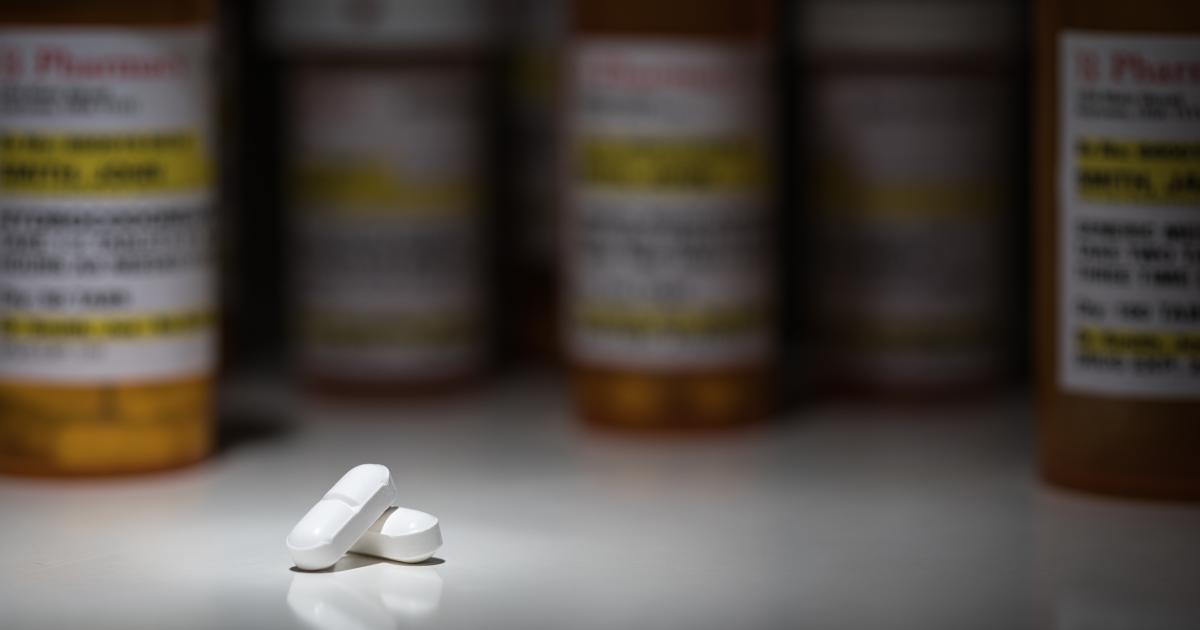Cardiovascular
Low-cost generic programs offer CVD medications at affordable prices—but availability changes from one to the next
While most of these pharmacies are regional, the Costco, Kroger, Walmart and Walgreens LCGPs are available in more than 40 U.S. states. The Mark Cuban Cost Plus Drug Company, meanwhile, is a nationwide program. Also, six LCGPs require membership fees.
The researcher also noted that the median 30-day supply of a CVD medicine ranged from $3 to $10.
Overall, the group found that drug availability among the different LCGPs was inconsistent. However, the programs are still quite helpful—it is just up to healthcare providers to study the strengths and limitations of each LCGP so that they can make recommendations when needed.
H-E-B, Kroger, Mark Cuban Cost Plus Drug Company and Walmart offered the most options for a majority of CVD-related conditions. In fact, Mark Cuban’s program—which is relatively new—stood out for having the “most comprehensive drug coverage across all six CVDs evaluated.”
“Mark Cuban’s Cost Plus Drug Company has been rapidly evolving in response to patient needs for medications,” Jackevicius told Cardiovascular Business. “They appear to place a great emphasis on very actively and creatively addressing medication availability and access with cost-effective alternatives.”
The group also found that medications for AFib and heart failure were harder to locate than medications for, say, hypertension or hyperlipidemia. A LCGP would carry a single medication for AFib, for example, but not other options for the care team to choose from when making their treatment decisions.
“AFib and heart failure were more difficult to comprehensively treat with medications using these programs alone,” Jackevicius said. “These gaps in options and lack of coverage of some classes altogether create barriers to optimize medical care for these common conditions.”
Jackevicius told Cardiovascular Business that she hopes awareness about LCGPs can grow as time goes on, especially due to the potential benefits for individuals who lack insurance coverage or who are “socioeconomically disadvantaged.”
In addition, she thinks there is some room for improvement when it comes to the management of these programs.
“We would encourage programs to continually revise and update their listing of available drugs to help improve cardiovascular health of socioeconomically disadvantaged individuals, particularly for heart failure and AFib,” she said.
Read the full study here.

